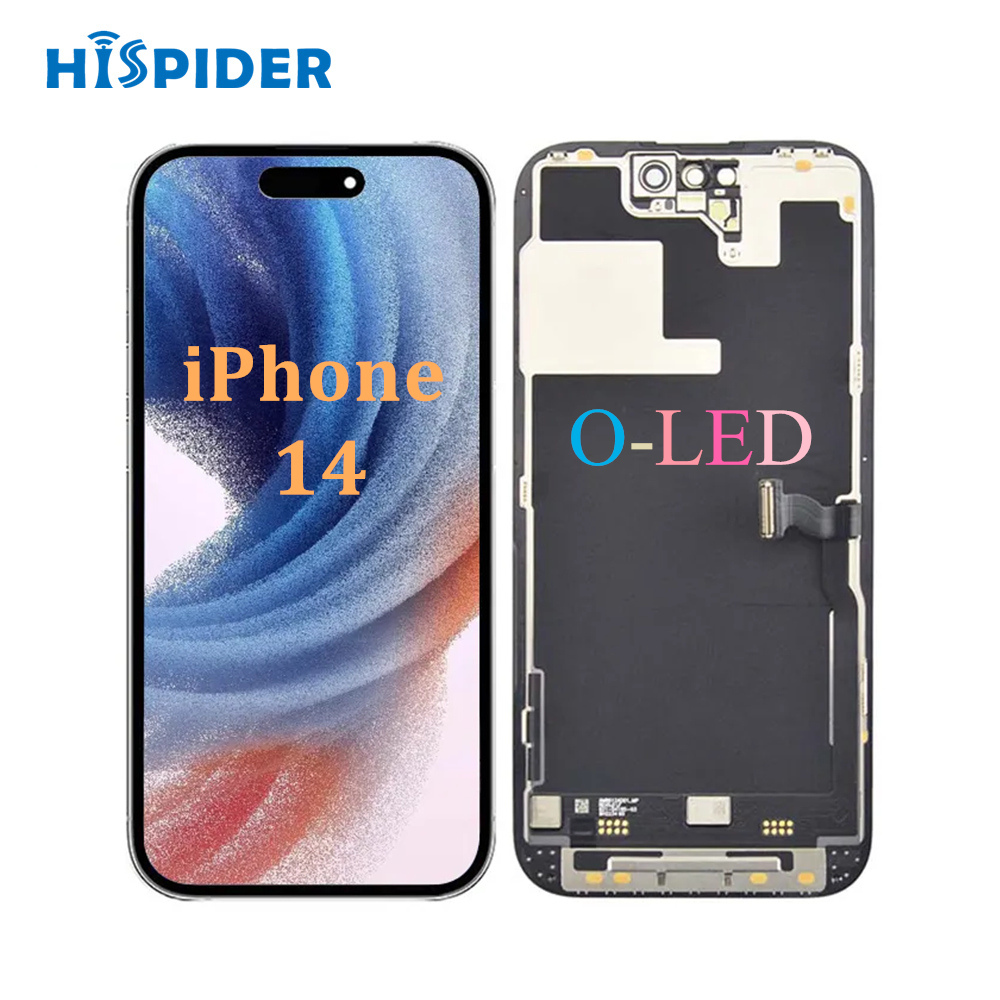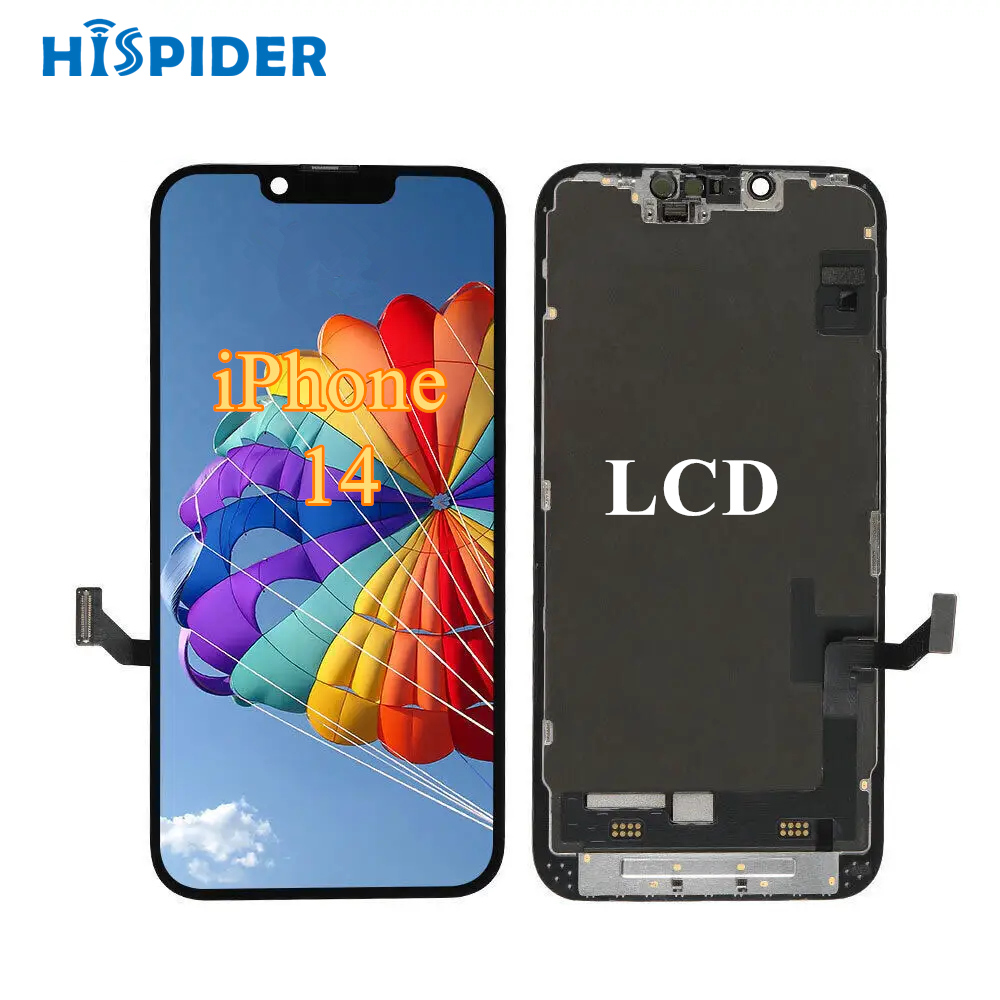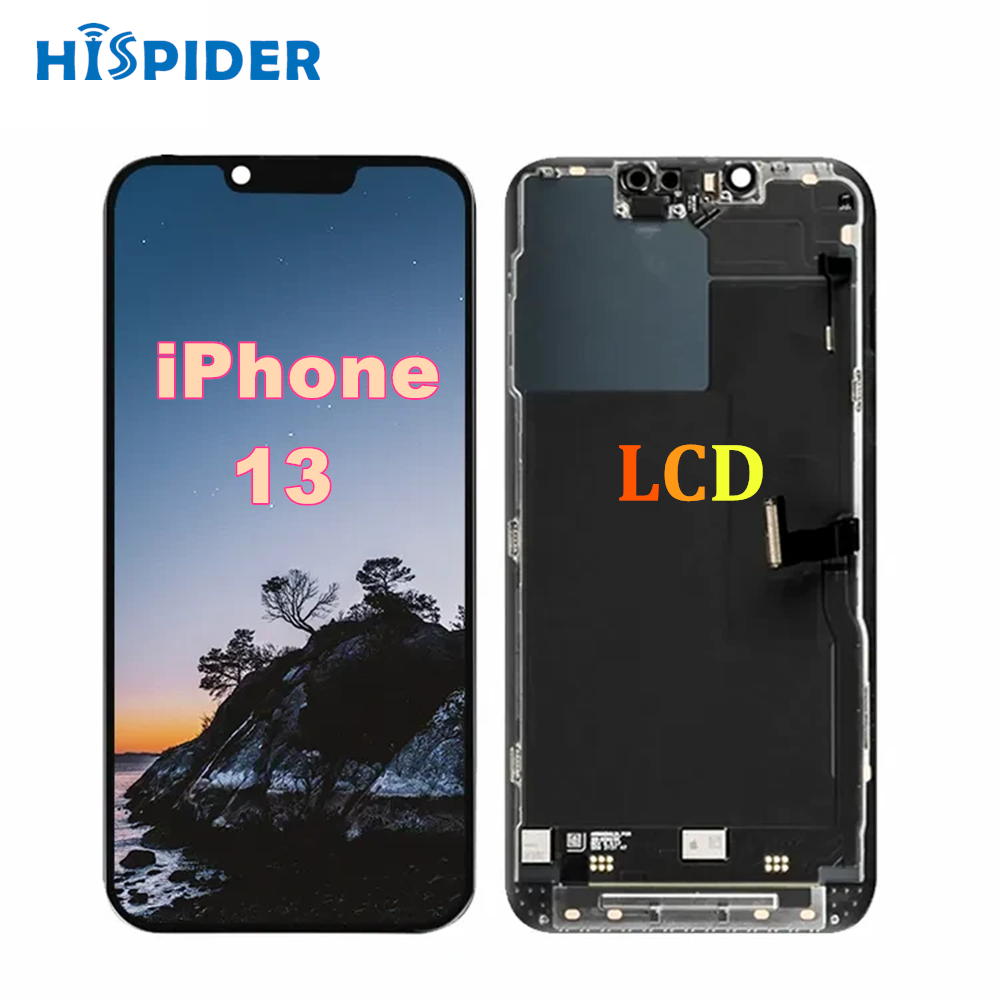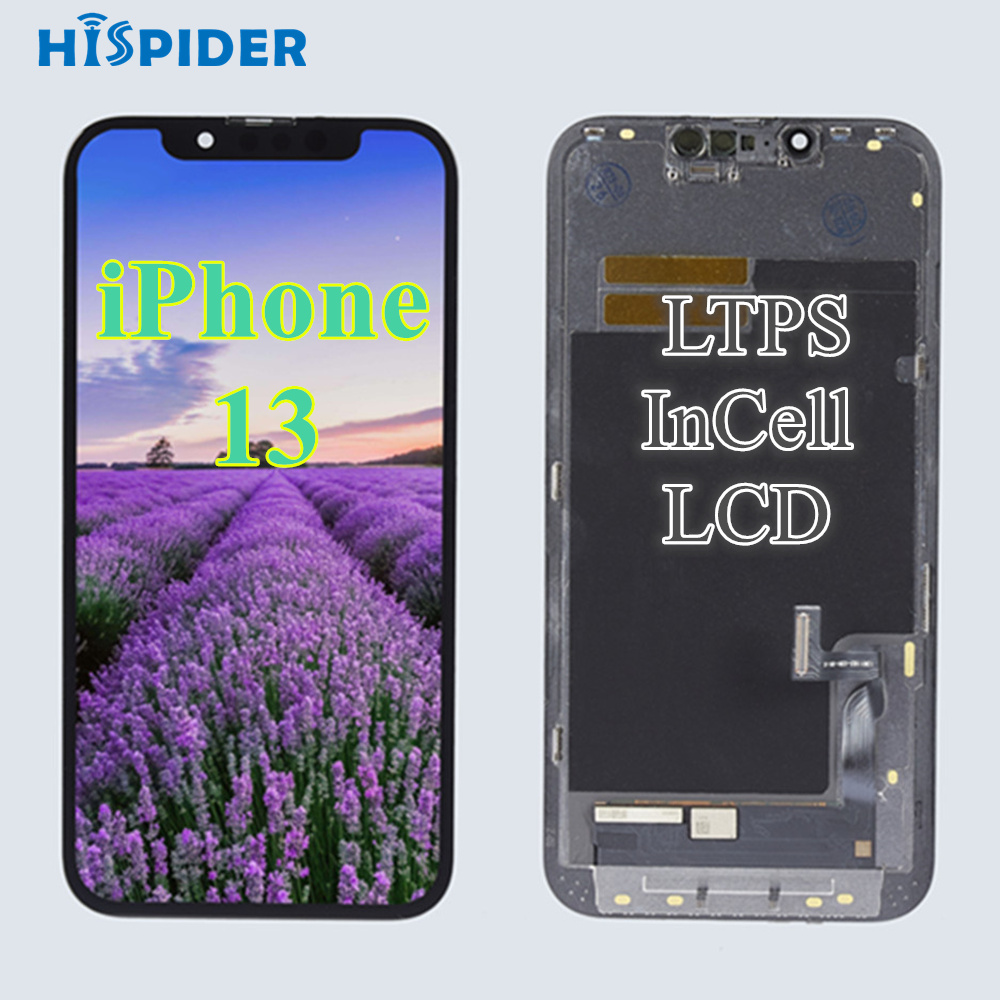11 Mobile Technology Waves for 2023
1. Virtual reality apps
Earlier we discussed augmented reality apps. But virtual reality will continue to grow in 2023 as well. These are apps that require more than just a smartphone or tablet to operate.
Users will also wear some form of goggles or helmet. They may even have separate controllers or joysticks paired with mobile tech as well. According to Zion Market Research, the global virtual reality market valuation will be worth more than $26 billion in 2023.
2. Biometrics
Biometrics are officially part of the mobile application world.
Mobile devices and apps are using this mobile tech as a security measure for their users. I’m referring to things like: fingerprints,voice recognition,signature recognition,facial recognition.
The newest iPhone model uses facial recognition software to unlock the device.
Other apps are enabling fingerprints and other biometrics in conjunction with two-factor authentication to improve security. You can expect to see more devices and more mobile apps using biometrics technology in 2023.
3. Cloud-based technology
Based on research and expert predictions, the cloud market is growing at a rate of 22% CAGR.
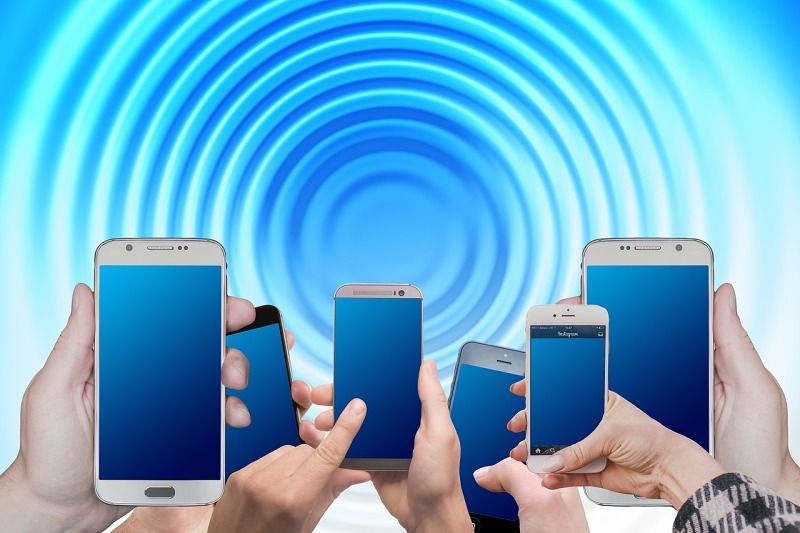
76% of all revenue from cloud platforms are controlled by Google, Microsoft Azure, and Amazon Web Services. Cloud-based technology is also penetrating the world of mobile apps. Although it may seem marginal, cloud-based mobile tech is still on the rise and will continue to be prominently used in apps and mobile devices throughout 2023.
4. Personalization is still king
One thing that won’t change in 2023 is personalization. Mobile users still want a personalized experience, regardless of what they’re doing. New apps and new technology will help focus on the user’s personal experience. Refer back to some of the trends that we previously discussed. Geofencing will focus on personalization based on a user’s location.
In order to pay for things with a mobile device, users will have their personal information stored in their profiles. They may even use biometrics to access these. Apps are starting to use machine learning to learn more about users. Machine learning technology makes it much easier to automatically personalize in-app content.
With so many trends to keep up with in the coming year, just make sure that your company doesn’t lose focus when it comes to optimizing the user experience. You’ve still got to make your mobile app as unique as possible for each user.
5. BYOD
In the past, businesses didn’t want employees to use their own computers, laptops, phones, tablets, and other mobile devices for work. Here’s why businesses were hesitant in the past to adapt to the bring your own device concept.
But today with new mobile tech and security, more and more companies are considering BYOD to be safe.
That’s why 87% of businesses today rely on employees using their personal devices to access work-related material. 59% of companies allow their staff to use personal devices directly for work. An additional 13% plan to allow this within the next year. As you can see from the data, although companies in the past have had security concerns about BYOD, its presence in the workplace is still trending upward. I expect that trend to continue in 2023.
Allowing BYOD saves businesses money and boosts productivity. Studies show that employees who use personal devices for work have a 34% increase in productivity.
6. In-App Gestures
Touch has now become a norm in the mobile app space.Therefore, gestures like taps, double taps, swipes and scrolls have taken over. Actions like sharing or deleting a particular in app activity or content is now commonly being done with the help of a swipe.
Gestures can vary from industry to industry and new and innovative gestures are becoming a prominent part of any mobile application customer experience.
Reasons Why Gestures are Preferred Over Buttons
Gestures make the user-experience very lively and real. They ensure that the app interface remains clean and pleasing. The user finds no obstructions while taking an action.
What you can experience now is that you just need to swipe to delete an unwanted email in your inbox. Gestures bring in useful shortcuts in each and everything we are doing in the app, hastening and simplifying the process.
Many a times it has been observed that gestures are inconsistent across apps and devices. The situation can at times, become slightly confusing for the user. A user may get used to a certain gesture which may not perform the same way in another app or device.
Visual cues about gestures are helpful in making it easier for the user. Progressive gestures are thus an upcoming trend in this space.
7. Minimalistic Interface
A faster, easy to load app must be easy on the users’ eyes as well.
Too many design elements in any app makes a user get confused. A minimal UI design ensures that the users can understand and use the application with ease. With shorter attention span of users and the need for a speedy app, a minimal UI is surely the way forward.
8. User On-boarding
The impression that the app users get, the first time they use an app, decides its fate with that user. An out-of-the box on-boarding experience is crucial for the success of the app.
When the user comes on-board, it is their first tryst with the app and if you can sell the application at this time, the task is done. A progressive on-boarding works well to get the user to become comfortable with the application while understanding it better.
Improving the Initial Experience
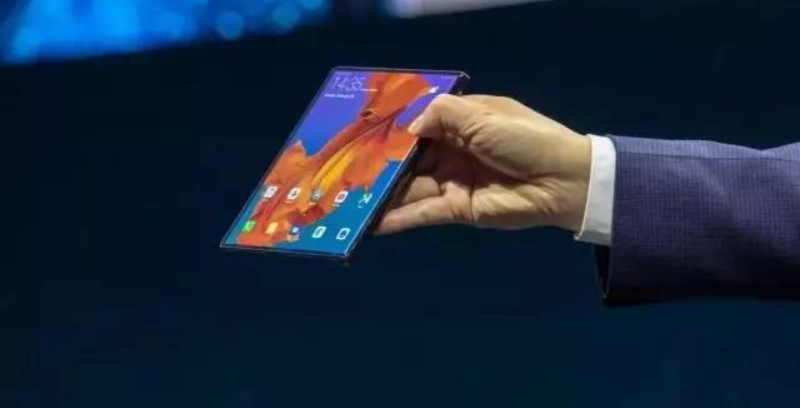
As soon as the visitor opens your app for the first time, you need to communicate about some of the unique features of the application. An introductory video can be quite effective in building a relationship with the users while telling them what’s in store for them.
Provide them with a walk through of the app and some basic tips on using its core features. Helping the users to personalize the app experience by adding their preferences is quite common as well.
Make The Users Feel Positive
App gamification is a trend that’s fast catching up. Once the user knows how to use the app, you need to make sure that the interaction is consistent. Praise them on having completed a step or thank them at completion of a particular activity like a sign up. You can add these simple messages to keep them motivated and interested at each step.
9. User Off-boarding
Every story has an ending that should be equally inviting. Provide your users with a happy passage while exiting the app. For example, if it’s a gaming application, you can tell them about the points they have accumulated in the completed session. You can congratulate them and motivate them to come back again for more action. A pleasant off-boarding experience will surely get the user to talk about the app and get you word-of-mouth publicity.
User off-boarding is fast catching up as a trend and more and more apps and UX professionals are joining in the bandwagon. This is one of the key trends to watch out for in the coming year.
10. Internet of Things
The Internet of Things technology has been around for a while and has added tremendous value to businesses globally.
With sensor technology becoming cheaper, IoT will continue to grow in the coming times. The UX of an IoT app plays a very important role in its success. The key challenge the UX designers of IoT apps face is to provide the precise information to the user so they do not get confused and overwhelmed with extra stuff.
In an IoT app the information flows between service providers, apps, things and people and one has to ensure that this information is clear, concise and engaging for the user.
One of the key concerns of the UX professionals and business owners is the security of this information. Another important aspect of an app UX built for IoT is the level of customization that can be done for different groups of users. Personal users of an IoT app require a different experience from that of the business users. One has to clearly understand app functionality in each of the cases while doing the app UX.
11. Animated and Motion Based Design
Motion based design adds to the delight of the users. Animations are used to communicate the story behind each feature and functionality.
Relevance of Animation
Animation works when relevant. You need to understand your audience to create stories that connect with your audience. Talk to your prospective users and understand their expectations of the app. The next step is to understand the user journey and the context in which the user action will be taken.
More specifically, you need to know what’s happening in the mobile world because that’s where your current and prospective customers are living. Understanding the latest mobile technology trends of the coming year will help your company prepare and make any adjustments to stay up to date. Whether it’s machine learning, VR, or AR, you may want to consider applying some of these trends to your own app.


